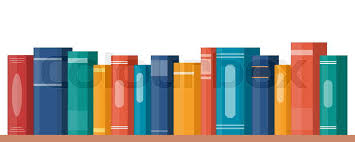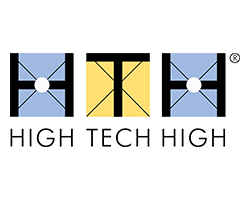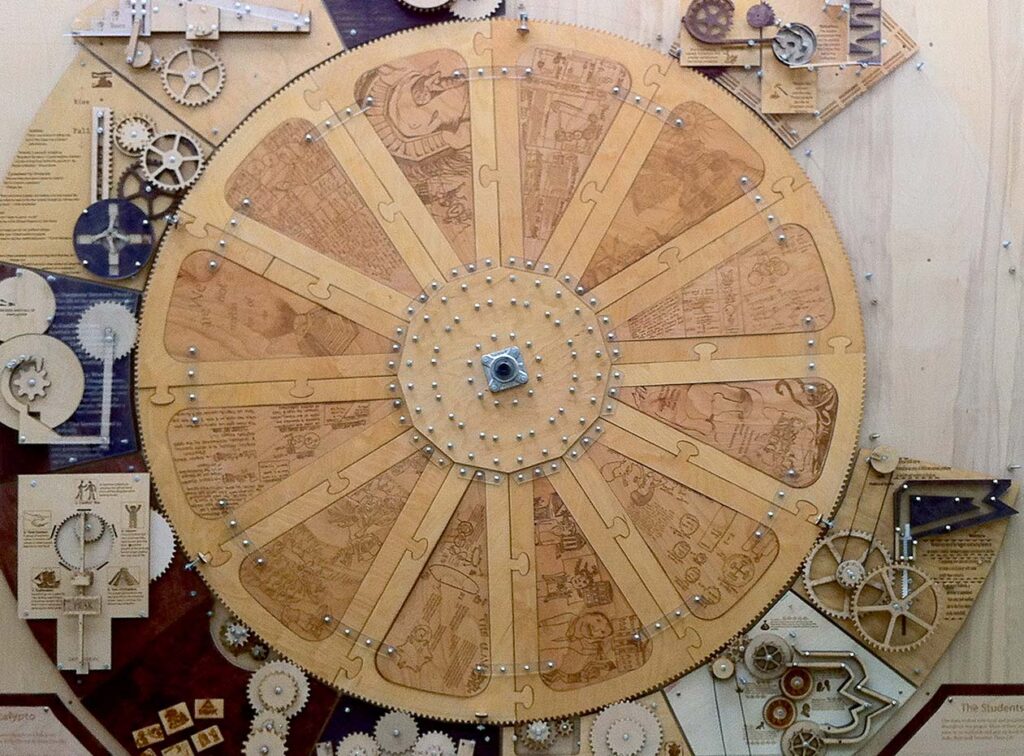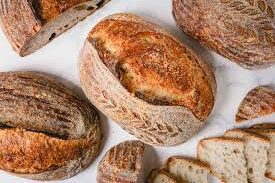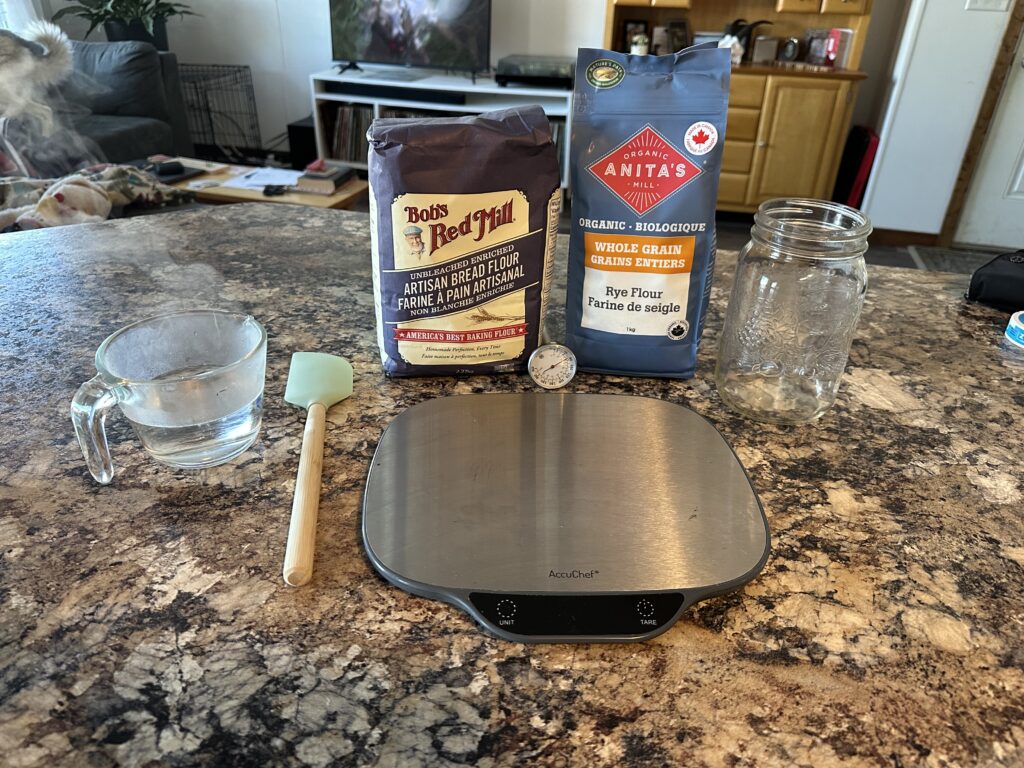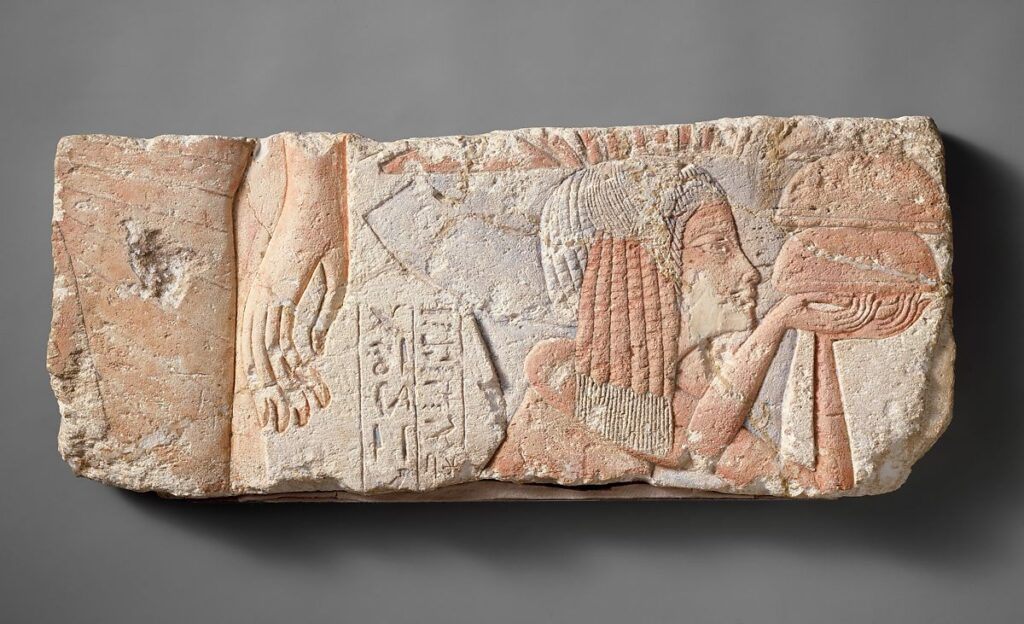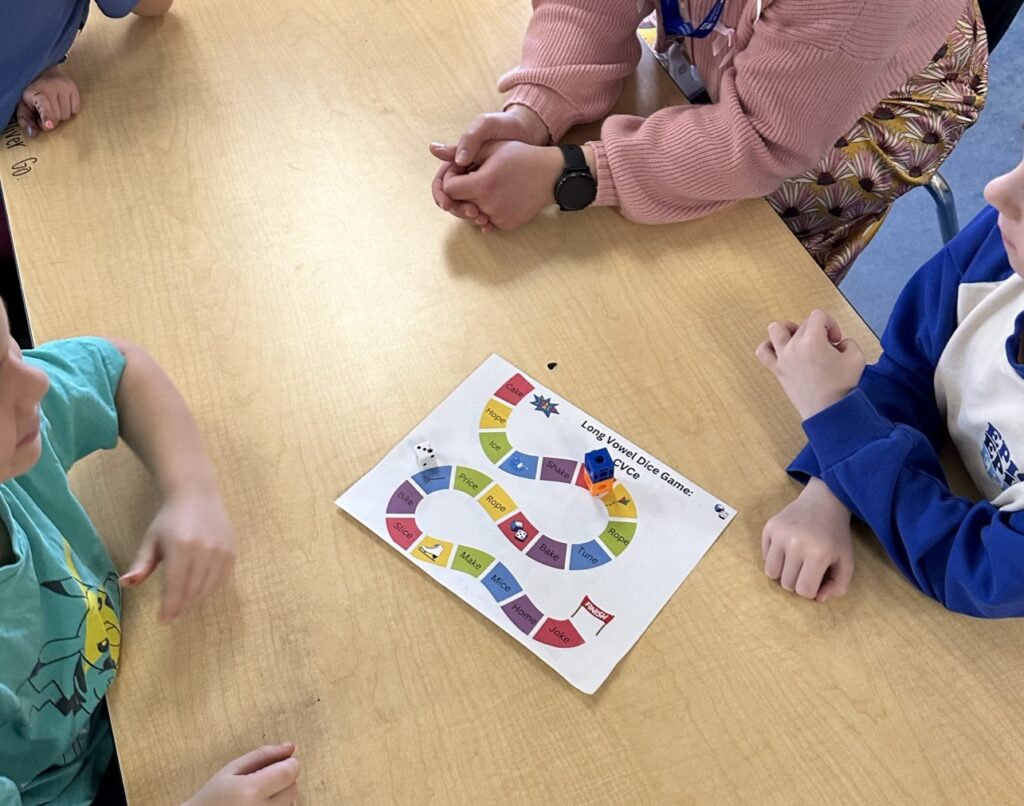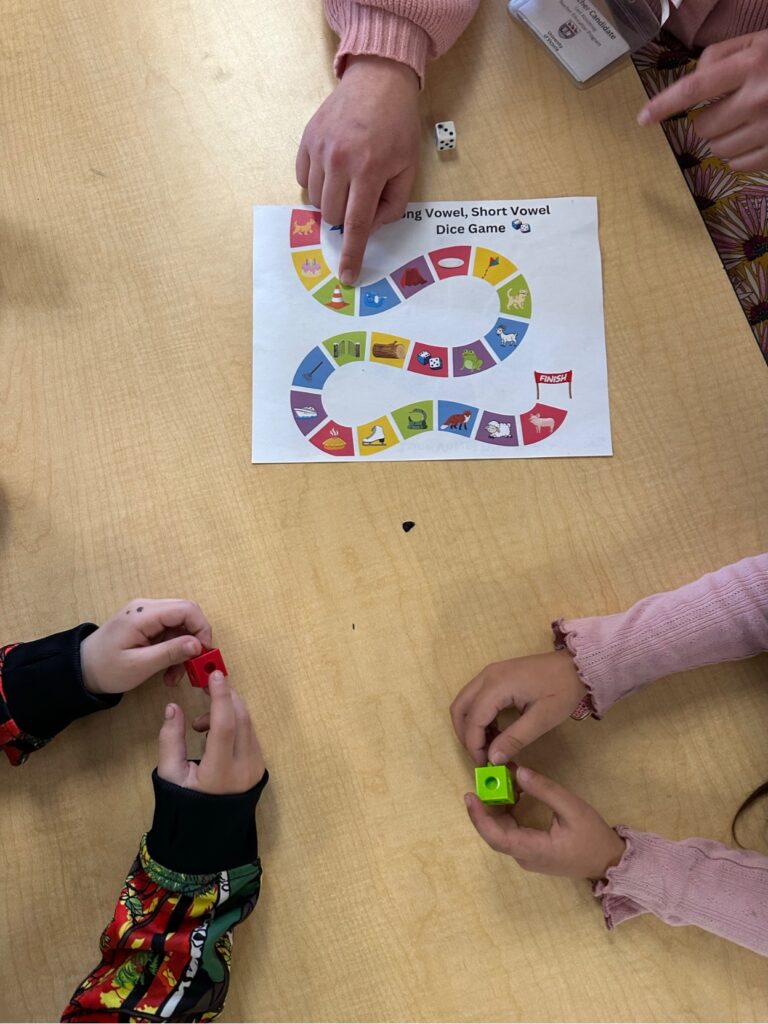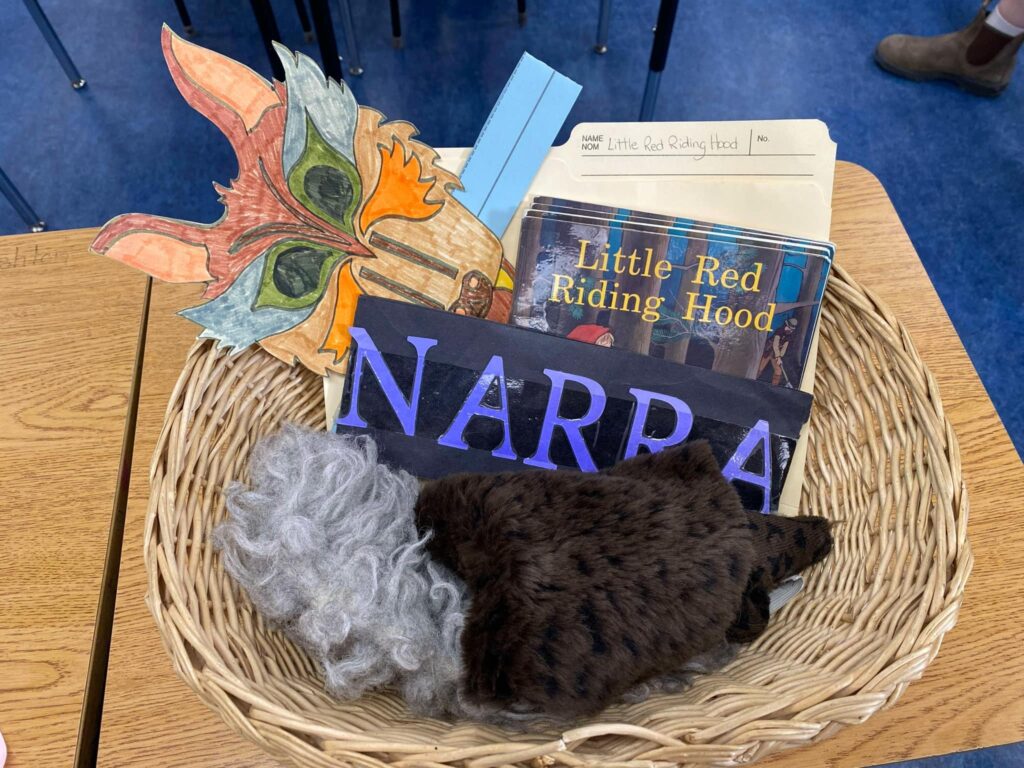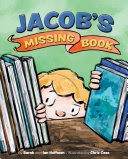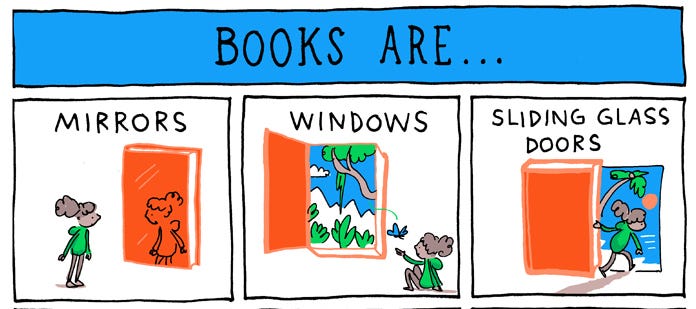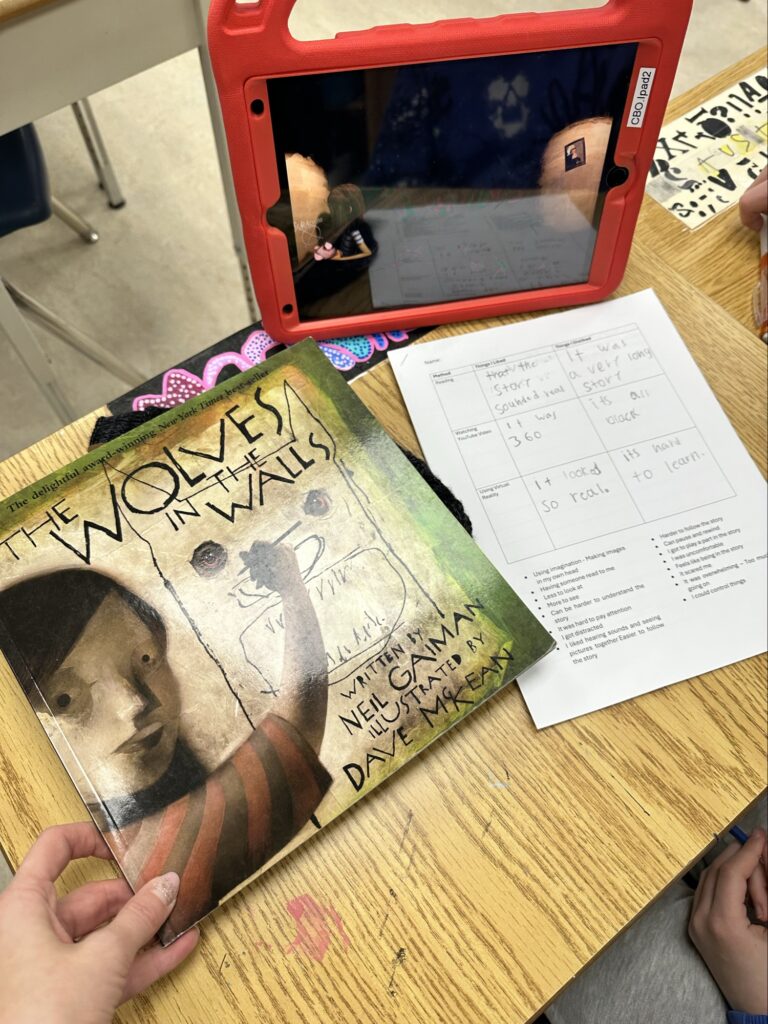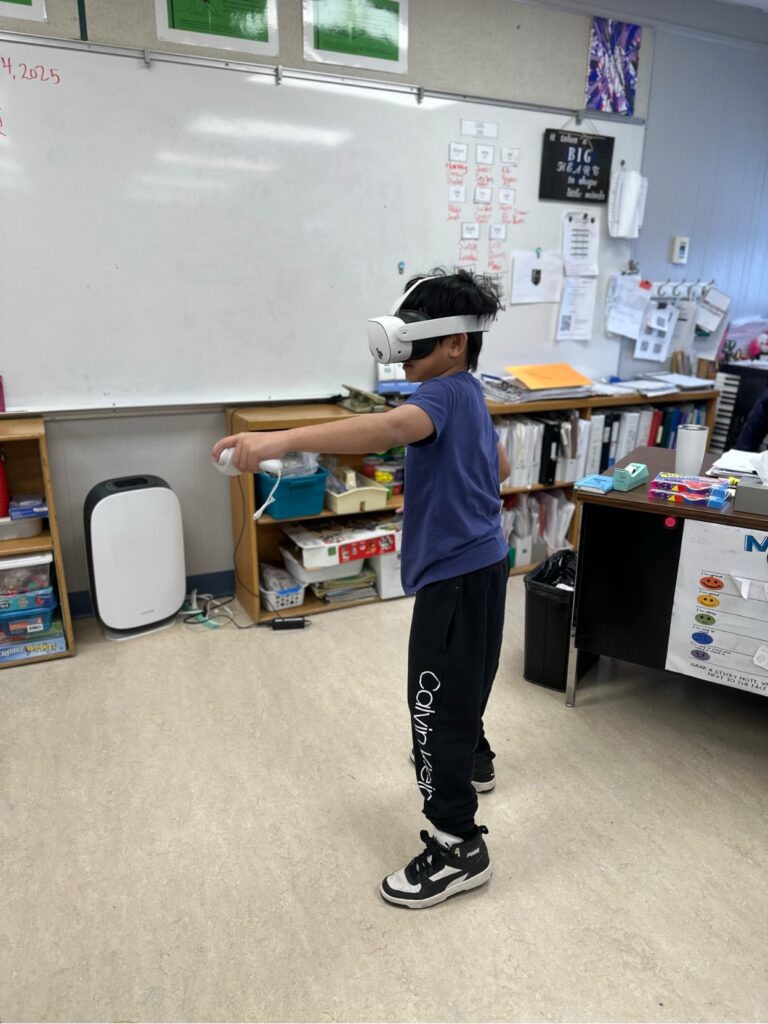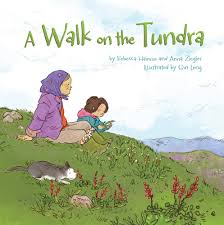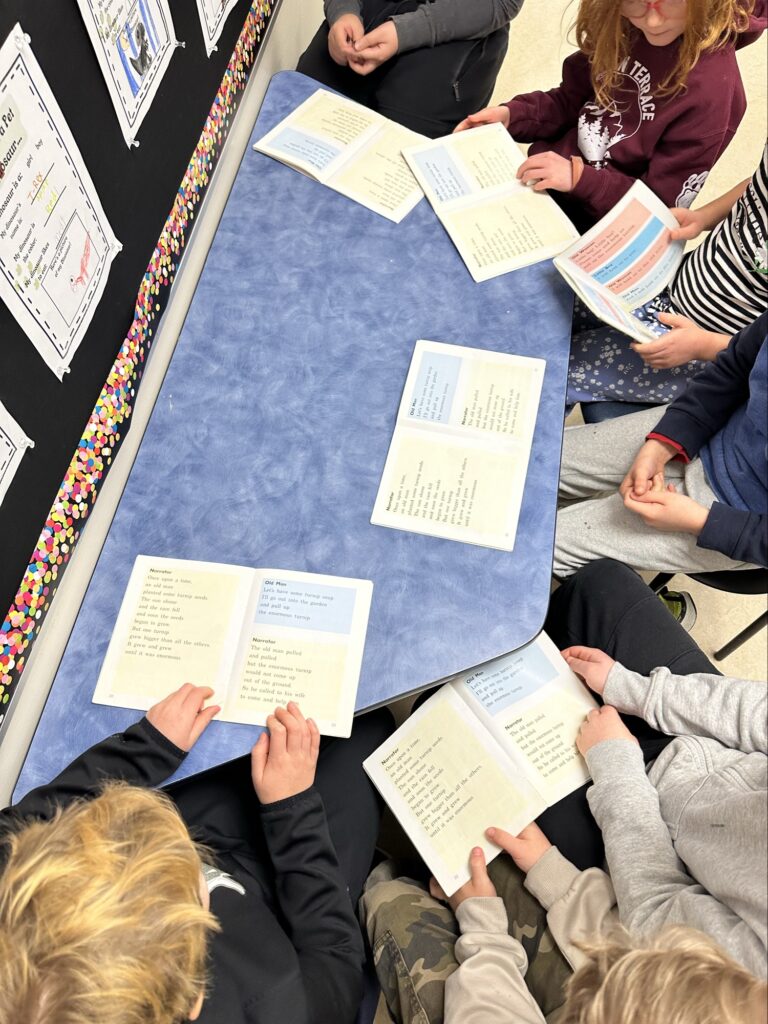Describe your ‘one book’ that changed everything for you as a reader
Growing up, I was very fortunate to be in a home where books were valued and cherished. Both my mom and dad would read to me every night before bed. I remember having the coolest bedroom, where my bed was in a reading nook with bookshelf-walls custom-built by my parents.
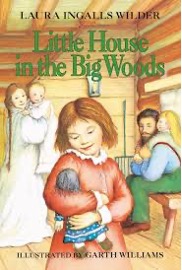
Growing up, I was very fortunate to be in a home where books were valued and cherished. Both my mom and dad would read to me every night before bed. I remember having the coolest bedroom, where my bed was in a reading nook with bookshelf-walls custom-built by my parents.
The one book that opened my eyes to the world of reading was the series The Little House on the Prairie by Laura Ingalls Wilder. The books tell the story of Laura’s life growing up in the late 1800s with her family. The homesteading lifestyle and adversities the family faced captivated me, and I wanted to learn more about this way of life. I remember my mom reading a chapter where Laura talks about what she got for Christmas, which was a penny and a shiny new tin cup. To my 5-year-old self’s surprise, she was ecstatic over these gifts. It made me realize I was very lucky and fortunate with the many toys I had received from Santa that year!
How do you feel about reading? What types of books do you like to read?
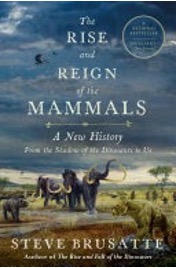
Despite sounding cliché, reading is magical. There is so much you can learn and so many worlds you can immerse yourself in. Without a doubt, there is a genre of book for every single person. The options are endless. My reading preferences have changed a lot over time, but I also enjoy many different genres. Right now, I find a lot of joy in reading non-fiction books. I enjoy learning about the history of the Earth and the evolution of our species.
As I grew up, I was drawn to books that provided me with a new world perspective. For example, in 3rd and 4thgrade, I loved the Warriors series by Erin Hunter and of course, Harry Potter by J.K. Rowling. In high school, I became more interested in stories that related to real-life events, but still with this first-person narrative style. I remember reading Johnny Got His Gun by Dalton Trumbo and taking a keen interest in the powerful anti-war message it conveyed.
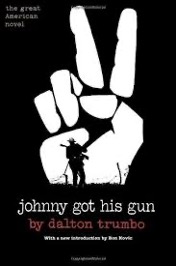
Hobbies outside of school
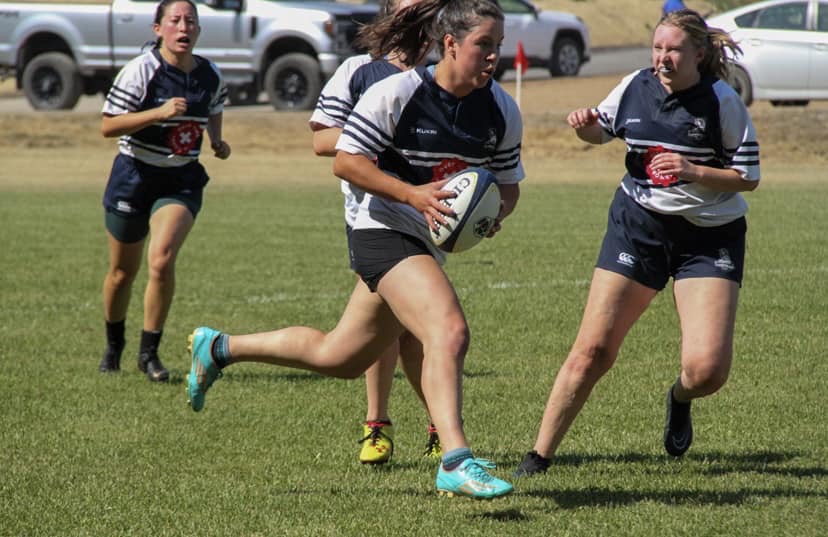
Outside of school, I enjoy going on hikes and spending time outdoors with my partner Nolan and our husky Mishka. When I’m not hiking, I enjoy gardening, playing rugby, paddling in my pack raft, and swimming. I feel very fortunate to live in such a beautiful part of the world.
Who is your favourite author?
My all-time favourite author is Khaled Hosseini, who wrote The Kite Runner, And the Mountains Echoed, and A Thousand Splendid Suns. His writing style paired with the heart-breaking yet uplifting stories he tells always resonates deeply with me. He has a unique gift for weaving complex emotions, cultural richness, and intricacies of human relationships into not only stories, but journeys of the soul.
Tell me a bit about the last book you read that you really enjoyed
The last book I read and really enjoyed that immediately comes to mind is A Thousand Splendid Sunsby Khaled Hosseini. The book tells the story of Mariam, a girl born in a small dirt hut in Kabul in the 1950s. She lives with her mom and looks forward to the spring and summer days when her wealthy father pays her a visit. When she is a teenager, she is married off to an older man who becomes more violent and emotionally abusive as time goes on. This is not the life Mariam envisioned for herself. Despite these hardships, Mariam perseveres with quiet strength and finding solace in small acts of kindness from others she encounters. As the story unfolds, Mariam’s world becomes even more complicated when Laila, a young girl from a different background, enters her life. The two women, though initially enemies due to the circumstances of their shared marriage to the same man, eventually form a deep bond.
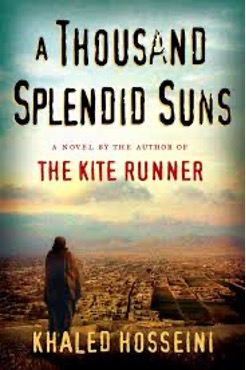
Winter break: how did you spend your time?
My winter break was a busy one! Pursuing post-secondary education is not cheap, so I picked up as many shifts as I could working at the RCMP detachment. Nolan and I flew to Vancouver Island for Christmas to spend time with his family, which was very nice. When we returned, I dog/house sat for a good friend of mine who has two very active dogs (Border Collie and an Australian Cattle dog)! We went for lots of fat tire bike rides at South Star, which was a great way for me to get back into the habit of staying active.
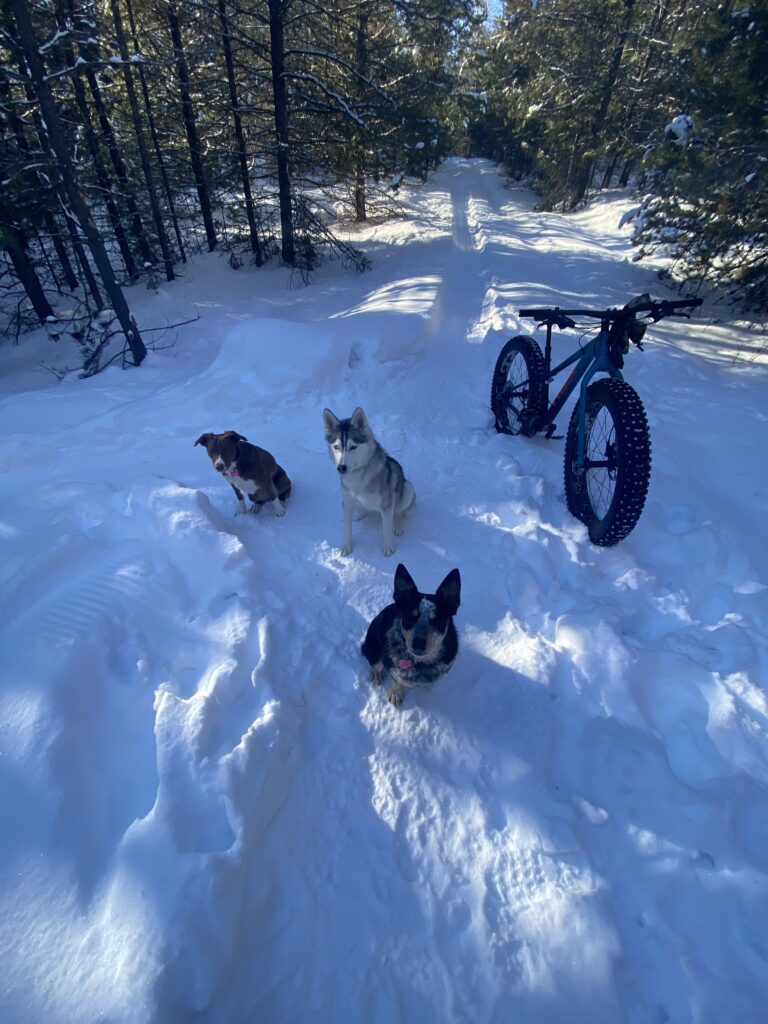
What subjects or topics do you like learning about?
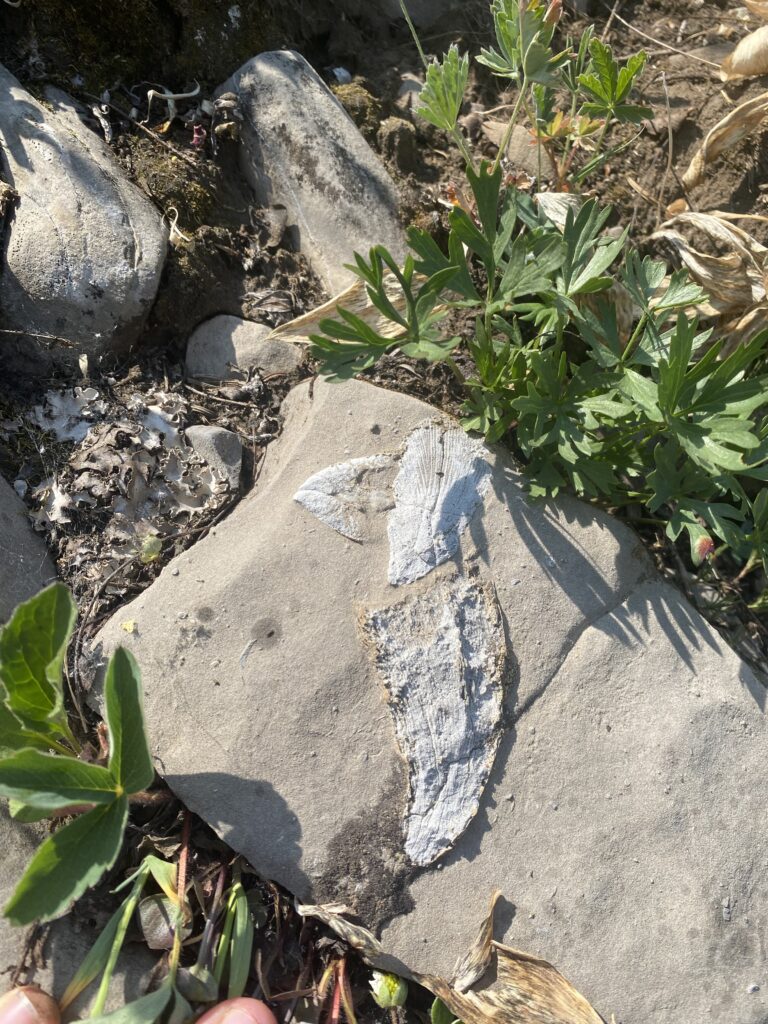
I really enjoy learning about anything to do with the history of our Earth as well as different cultures! Life is full of big questions which are fun to think about and explore from different perspectives. I took an introductory geology course through the College of the Rockies last spring which kickstarted my fascination with fossils and the formation of the Rocky Mountains. I remember remarking to my partner, Nolan, that my goal was to find a fossil while we were living in the Kootenays. During an overnight hike in Fernie, I was fortunate enough to find a plethora of them. What a sight to see fossilized barnacles high up in the mountains! Pictured right is the very first fossil I found.
If you could read a book about one thing, what would that be?
That is a tough question to answer. I enjoy reading books for a variety of reasons. Sometimes I enjoy learning more about the world we live in, and sometimes I read as an escape from it. Ultimately, I think I enjoy novels that explore the human condition; those that explore complex issues and highlight the intricacies of what makes us human.
